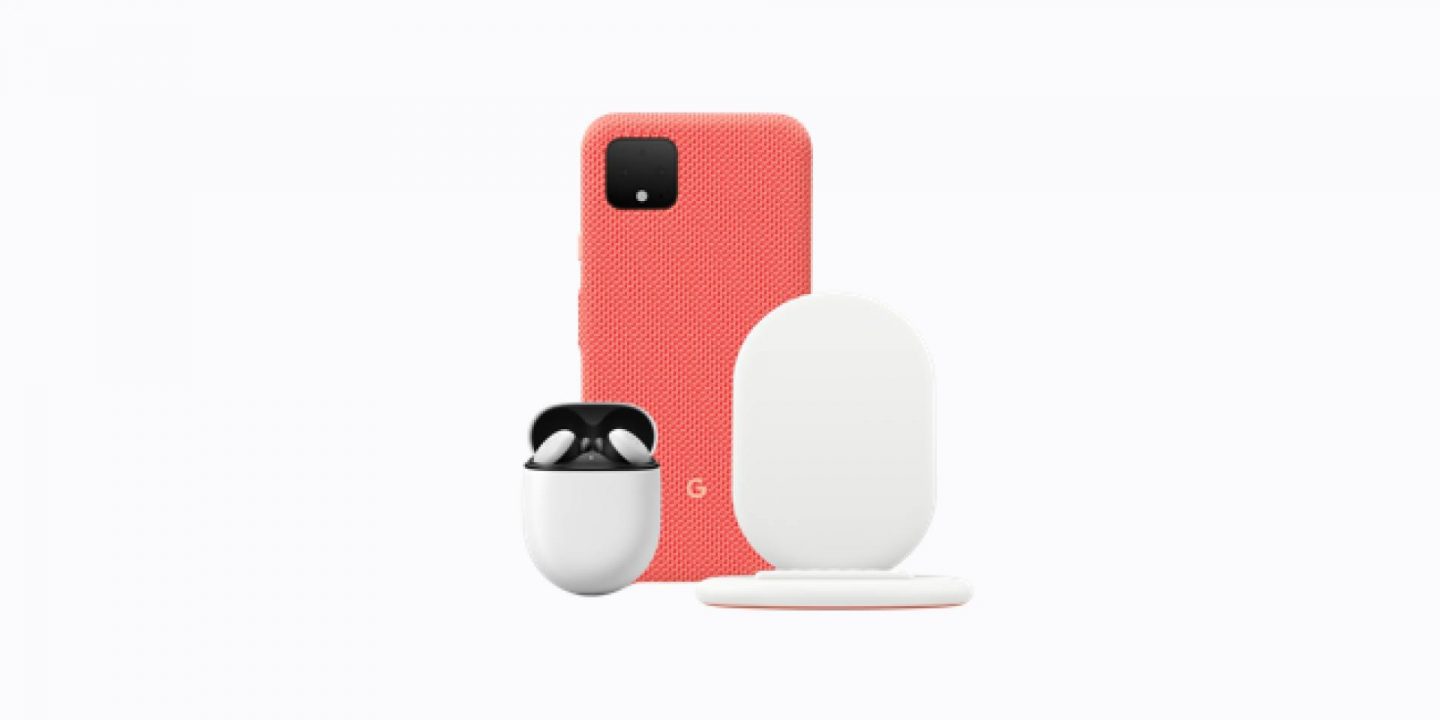

IT’S NOT JUST the best-selling gadget ever created: It’s probably the most influential one too. Since Steve Jobs announced the iPhone in 2007, Apple has sold close to 1.5 billion of them, creating giant businesses for app developers and accessory makers, and reimagining the way we live. Millions of people use an iPhone as their only computer. And their only camera, GPS device, music player, communicator, trip planner, sex finder, and payment tool. It put the world in our pockets.
Before the iPhone, smartphones mostly copied the BlackBerry. After the iPhone, they all copied Apple: Most phones now have big screens, beautiful designs, and ever-improving cameras. They even have “notches,” or, cut-outs at the top of their edge-to-edge displays, where the phone’s front-facing camera lives.
And the iPhone Effect goes far beyond smartphones. In order to make so many phones, Apple and its competitors set up huge, whirling supply chains all over the world. Those same manufacturers now make the same parts to power drones, smart-home gadgets, wearables, and self-driving cars. They don’t look like your phone, but they might not be here without it.
Thanks to the iPhone and the apps developed for it, the world has reorganized itself around the smartphone, and a few people have started to wonder what the iPhone hath wrought. They worry that we spend too much time buried in our phones, heads down, ignoring the people and the world around us.
Social media, in particular, is being questioned. We always always knew that there was an exchange, that if we were using free apps, we were giving up something in return; but now there are concerns about where exactly all that data ends up. We’re becoming accustomed to a sense of undefinable stress, the feeling like there’s always too much going on and you can never get away even if you want to. The smartphone is one of the portals into this sometimes-dystopian data vortex.
But at the same time, there’s no denying that the iPhone has utterly transformed our lives—and that anything truly transformational will both solve existing problems and introduce new ones.
Jobs announced the iPhone on January 9, 2007, on stage at the Macworld conference. He spent nearly an hour explaining the device, extolling the virtues of everything from a touch interface to a huge, desktop-sized version of The New York Times’ website that you could pan around. He even made a phone call (how quaint!) and placed what has to be the largest Starbucks order in history to an apparently real barista at an apparently real Starbucks. The whole event stands as a remarkable piece of tech-industry history, and you can still watch it all (on your phone) on YouTube.
The phone didn’t come out until six months after that initial reveal, during which time Apple frantically scrambled to turn Jobs’ demo into a mass-market gadget. When it finally hit stores in June, people lined up outside stores to buy one. Apple sold 270,000 iPhones the first weekend it was available, hit 1 million by Labor Day, and instantly captured the imagination of phone owners everywhere.
The iPhone 3G, which came out a year later, may have been an even bigger deal. Apple’s 2008 iPhone included support for 3G networks, which offered much faster access to email and web pages, and it came at a much lower price. Most important, it added the App Store, which gave developers a way to build and sell software to millions of smartphone owners. The App Store will almost certainly stand as Apple’s most important contribution to both the tech industry and society in general, even more than the phone itself. Developers immediately began building apps and games that changed the way we communicate, work, eat, and play. The App Store made way for Instagram, Uber, and Tinder, and it turned the iPhone into the pocket computer it was always meant to be.
From there, the iPhone’s story is one of evolution, not revolution. Each year, Apple made the phone bigger and faster, refining the product without changing the basic form factor or its most beloved features. It became more popular every time. From the beginning, Apple seemed to know the camera could be a smartphone’s best feature: The iPhone 4, with its selfie camera and HD video recording, was the biggest thing in cameras since Kodak. Ever since, Apple’s cameras have been among the best in their class.
Jobs always said Apple had a five-year lead with the first iPhone. That turned out to be conservative—it took six or seven years for Samsung and others to make truly competitive phones like the Galaxy S and the HTC One. Then, after successfully copying the iPhone, they found their own niches. Samsung bet on pen input and big screens; Google fine-tuned Android and starting shipping its own hardware running optimized versions of the software; and other companies made great phones for a fraction of the iPhone’s price. The iPhone was the only best choice for so long, but others finally caught up.